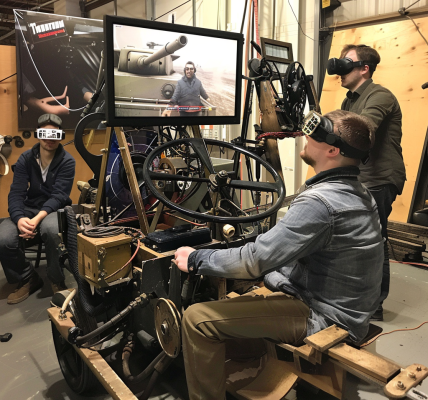Revolutionary Photocatalytic Method Transforms Furans into Pyrroles, Advancing Drug Discovery
A groundbreaking photocatalytic technique has emerged that allows for the efficient conversion of furans into pyrroles, marking a significant advancement in the field of synthetic chemistry. This innovative method enables researchers to swap oxygen atoms for nitrogen in a single step, potentially transforming the landscape of drug discovery and development.
Furans and pyrroles are heterocyclic compounds that play a crucial role in pharmaceutical design due to their unique electronic properties. These properties facilitate precise interactions with biological targets, making them valuable in the development of new drugs. However, traditional methods for converting furans into pyrroles often involve harsh conditions, including extreme heat or ultraviolet irradiation, which can result in low product yields and limited substrate diversity.
Mark Levin, an organic chemist at the University of Chicago, highlighted the significance of this new photocatalytic strategy, stating, “Existing methods for this type of heterocycle conversion often require harsh conditions, which limit their applicability in complex organic synthesis.” The newly developed method addresses these limitations, allowing for milder reaction conditions that enhance the practicality of furan-to-pyrrole conversions.
This innovative technique was pioneered by a team of researchers from South Korea, contributing to the expanding field of skeletal editing in synthetic chemistry. Skeletal editing focuses on modifying a molecule’s core structure by adding, removing, or replacing single atoms. Among the various challenges in skeletal editing, the insertion of nitrogen into an aromatic ring has been particularly daunting, often requiring significant energy input.
Yoonsu Park, who led the research at the Korea Advanced Institute of Science and Technology in Daejeon, explained the complexities involved in this process. “The aromatic stabilization energy is so high that the exchange of one atom to another is deemed impossible,” he noted. However, by leveraging a photocatalytic system, Park’s team has successfully developed a method that enables direct conversion of furan to pyrrole under more favorable conditions.
The inspiration for this photocatalytic approach stemmed from a study conducted in 1971, which utilized ultraviolet light to convert furan to N-propylpyrrole, albeit with a mere 3% yield. To enhance this process, Park’s team employed a commercially available acridinium photocatalyst in conjunction with blue light to oxidize the furan ring effectively.
One of the key challenges addressed by the research team was the electron-rich nature of both the starting material (the five-membered furan ring) and the primary amine used in the reaction. Park elaborated, “Coupling between nucleophile to nucleophile is virtually impossible in the conventional sense.” To overcome this, the light-driven oxidation generates a radical species that disrupts the aromaticity of the furan, paving the way for a successful molecular rearrangement.
The implications of this research extend beyond mere academic interest; they hold the potential to revolutionize how chemists approach the design and synthesis of new drugs. By enabling the straightforward editing of furan-containing natural products, researchers can more easily explore how subtle modifications to chemical structures influence the pharmacological activity of target compounds.
This advancement is particularly timely, as the pharmaceutical industry continues to seek innovative strategies for drug development that are both efficient and sustainable. The ability to convert furans to pyrroles in a single step could streamline the synthesis of a wide array of compounds, ultimately accelerating the pace of drug discovery.
As the field of synthetic chemistry evolves, the emergence of such photocatalytic strategies signifies a shift towards more sustainable and efficient methods of chemical transformation. The potential applications of this research are vast, with possibilities ranging from the development of new therapeutic agents to the creation of novel materials.
In summary, the recent development of a photocatalytic method for converting furans into pyrroles represents a significant leap forward in synthetic chemistry. By enabling this transformation under milder conditions, researchers can expand their toolkit for drug discovery and synthesis, paving the way for new innovations in the pharmaceutical landscape.





